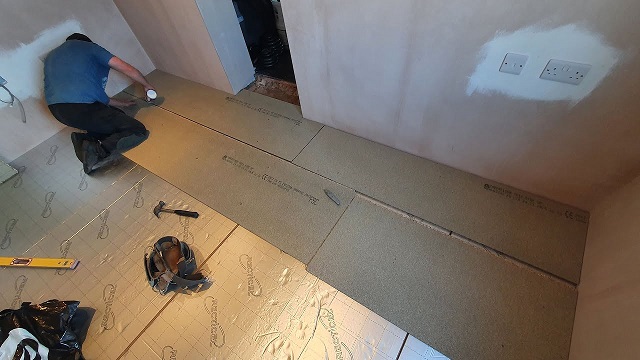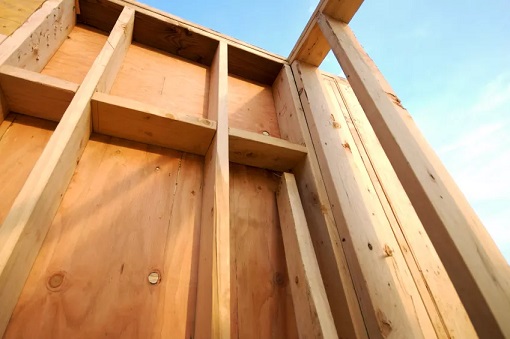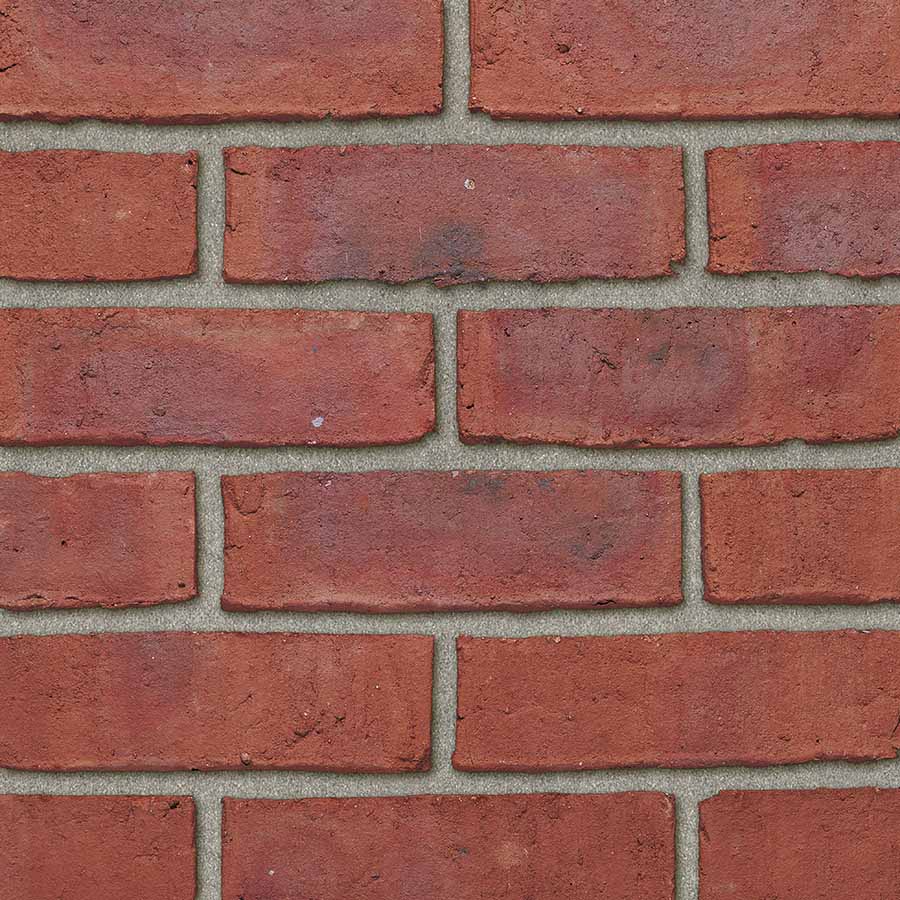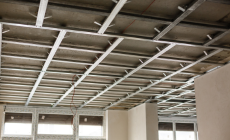CHIPBOARD FOR FLOORS: BLENDING DURABILITY AND PRACTICALITY

Explore the ultimate guide to chipboard flooring, a perfect blend of durability, cost-effectiveness, and practicality for modern homes.
Chipboard flooring, known for its durability, cost-effectiveness, and practicality, is a significant player in the current home building and renovation market. This engineered wood product, made from compressed wood chips and resin, provides a robust and stable platform for various flooring applications.
The Composition and Versatility of Chipboard Flooring
Chipboard, or particle board, is a high-density engineered wood product, crafted by fusing wood chips and resin under high temperatures. This process yields a dense, uniform material, known for its strength and versatility. It's available in different types, each designed for specific uses: standard chipboard for general interior projects, moisture-resistant chipboard for humid environments like kitchens and bathrooms, and flooring-grade chipboard, enhanced for subfloor applications under various top flooring materials. This versatility makes chipboard an ideal choice for areas across the home, including moisture-prone spaces.
18mm vs. 22mm Chipboard Flooring: Understanding the Differences
At Buildershop, we offer two main types of chipboard flooring – the 18mm Chipboard Flooring P5 V313, suitable for joist centres up to 400mm, and the 22mm Chipboard Flooring P5 V313, ideal for larger joist centres above 400mm. The 18mm variant, often used as loft floor boards, is moisture-resistant and perfect for various home areas, including bathrooms and kitchens. The 22mm option, thicker and more durable, offers additional strength and soundproofing qualities, making it suitable for both residential and commercial applications.
Installation Insights: Laying Chipboard Flooring Properly
Proper installation is crucial for maximising the lifespan and functionality of chipboard flooring. Whether installing the 18mm or 22mm variant, it's important to follow the manufacturer's guidelines. The process involves ensuring a level and smooth subfloor, checking moisture levels, and laying the boards opposite to the floor joists. The tongue and grooved joints of the chipboard should be slotted together and then fixed onto the joists using screws or nails. For a 'floating floor' setup, particularly over concrete or screed, using D4 adhesive is recommended for best results. Find more information and locate accredited builders near you at https://www.fmb.org.uk/.
The Importance of Moisture Resistance in Chipboard Flooring
While the chipboard isn't waterproof, its moisture-resistant qualities are crucial, especially for the 22mm Caberfloor P5 variant. This makes it suitable for areas with high moisture content like bathrooms and kitchens. It's important to note that while a chipboard can withstand moisture to a certain degree, it's not designed to be submerged in water.
Common Mistakes to Avoid When Using Chipboard for Flooring
When installing and maintaining chipboard for floors, avoiding common mistakes is crucial for longevity and performance. Here are some pitfalls to be aware of:
Ignoring Manufacturer’s Instructions: Each type of chipboard flooring may come with specific guidelines. Not following these can lead to installation failures or durability issues.
Improper Acclimatisation: Failing to acclimate chipboard for floors to the room's humidity and temperature before installation can result in expansion or contraction post-installation.
Inadequate Subfloor Preparation: Not ensuring a clean, dry, and level subfloor can lead to uneven chipboard flooring, causing squeaks and potential damage.
Incorrect Spacing for Expansion: Chipboard for floors needs space around the edges for expansion. Neglecting this can lead to buckling.
Overlooking Moisture Protection: Especially important in damp areas, not using a moisture-resistant variant of chipboard for floors can lead to swelling and mould.
To avoid these errors, always adhere to manufacturer’s guidelines, properly acclimate the chipboard, ensure the subfloor is well-prepared, leave expansion gaps, and choose moisture-resistant chipboard for damp areas.
Technical Specifications
Both the 18mm and 22mm chipboard flooring options are FSC certified and conform to EN 312 and EN 13986 standards. Regular maintenance, such as sweeping or vacuuming and immediate spill cleanup, helps preserve the chipboard's condition. Using pH-neutral cleaners and avoiding excessive water during cleaning are essential care tips.
Maintenance and Care for Chipboard Flooring: Ensuring Longevity and Performance
Maintaining your chipboard flooring is crucial for preserving its quality and extending its lifespan. Although the chipboard is usually covered with more expensive, aesthetically pleasing floor coverings, if the boards are to be left uncovered for any length of time, we recommend a straightforward but effective routine to keep your floors in top condition:
Regular Cleaning: The key to maintaining any floor is regular cleaning. We suggest sweeping or vacuuming your chipboard flooring regularly to remove dust and debris. If you need to mop, use a damp mop sparingly. Remember, excess water is the enemy of chipboard, as it can lead to damage and deterioration.
Immediate Spill Cleanup: Accidents happen, but the way you handle them makes all the difference. Clean up spills immediately to prevent water damage or staining. Quick action can save your flooring from long-term harm.
Gentle Cleaning Agents: When it comes to cleaning agents, the gentler, the better. Use pH-neutral cleaners that are specifically formulated for wood or laminate floors. Harsh chemicals can be abrasive and damaging to chipboard, stripping away its protective layers.
Protecting the Surface: To safeguard your floors from scratches and scuffs, we recommend using felt pads under the legs of furniture. This simple measure can prevent unsightly marks. Also, be mindful when moving heavy objects - dragging them across chipboard flooring can cause significant damage.
Managing Humidity: Chipboard flooring responds to environmental conditions. To prevent expansion or contraction, which can lead to warping or gaps, maintain consistent indoor humidity levels. This stability is crucial for the long-term health of your flooring.
Periodic Inspections: Regular checks for wear or damage, especially in areas with heavy foot traffic, are essential. Identifying and addressing issues early can prevent them from escalating into major problems. Look out for signs of wear, and undertake necessary repairs promptly to maintain the integrity of your flooring.
By adhering to these maintenance and care tips, you can ensure that your chipboard flooring remains a durable and functional aspect of your space for years to come. Remember, a little care goes a long way in preserving the quality and appearance of your floors. For more detailed guidance or assistance with specific issues, the team at Buildershop is always here to help.
Chipboard flooring, whether it's the 18mm or 22mm variant, offers a reliable and cost-effective solution for flooring needs across various spaces in the home. By understanding the proper installation techniques and maintenance practices, this flooring option can provide long-lasting durability and functionality. To explore our range further, have a look at our product pages on our site: 18mm Chipboard Flooring P5 V313 & 22mm Chipboard Flooring P5 V313.










